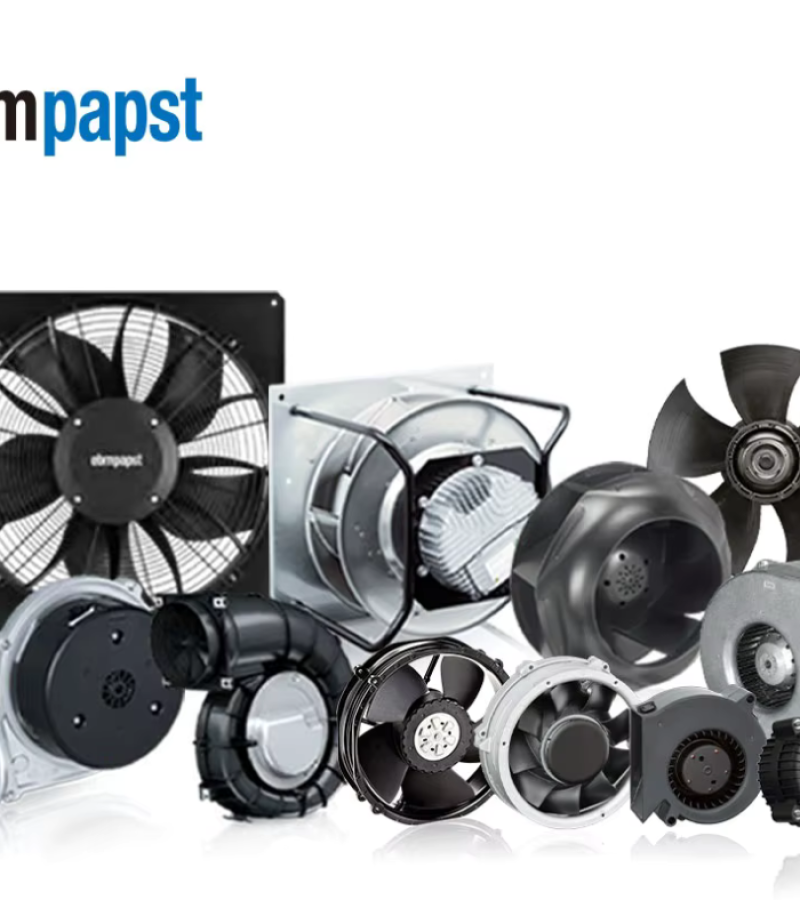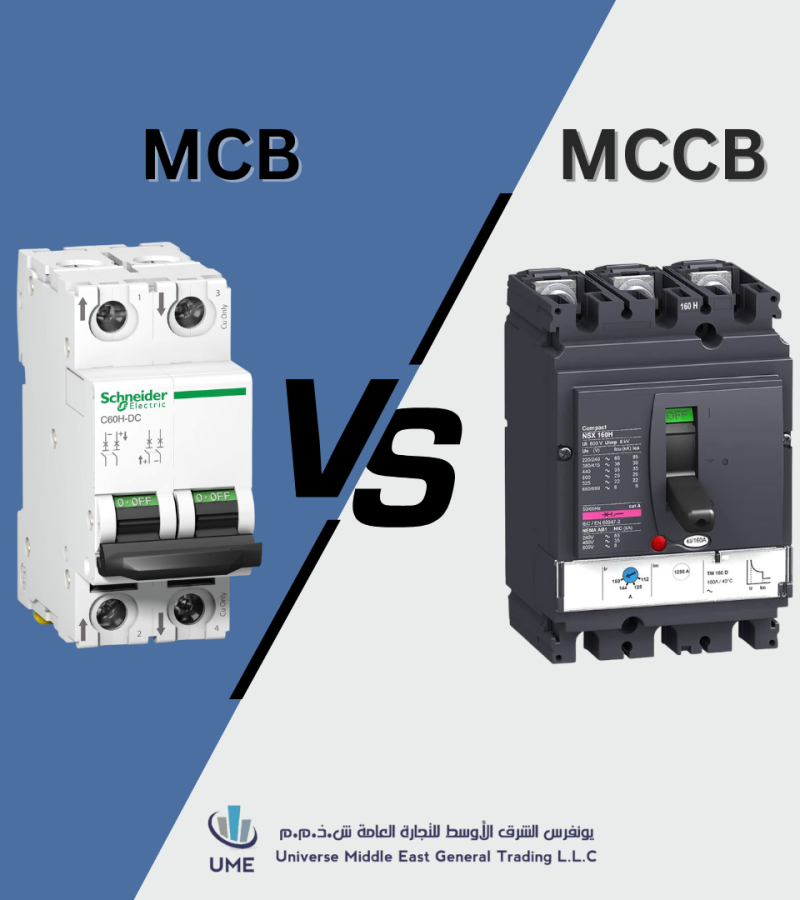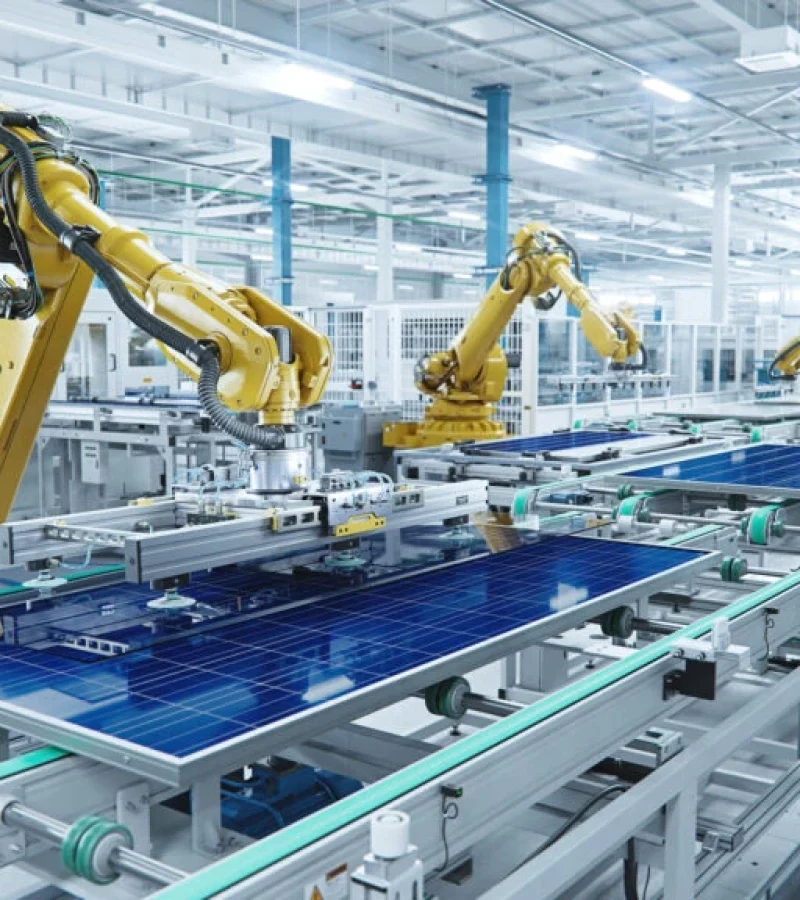How Industrial Automation Products Improve Efficiency in UAE
Home > Blog > Blog Details

How Industrial Automation Products Improve Efficiency in UAE
July 28, 2025
With the UAE emerging as a hub for industrial growth, smart factories, and advanced infrastructure, the demand for industrial automation products is at an all-time high. Automation has become the key to streamlining operations, reducing downtime, and enhancing productivity across various sectors, from construction and energy to manufacturing and HVAC systems.
1. Why UAE Industries Need Automation
UAE industries operate in a competitive environment where efficiency and reliability are critical. Industrial automation products like controllers, sensors, drives, and advanced cooling systems help businesses reduce operational costs and optimize performance while maintaining high safety standards.
2. Key Benefits of Automation in UAE
a) Increased Efficiency and Output
Automation minimizes manual intervention, ensuring 24/7 operations with consistent productivity.
b) Cost Savings Through Energy Optimization
Modern automation systems help reduce energy waste, which is essential for UAE industries aiming for sustainable practices.
c) Real-Time Monitoring
Businesses can track equipment performance in real time, identifying potential issues before they become costly breakdowns.
d) Improved Workplace Safety
By automating hazardous tasks, companies reduce risks to employees, ensuring a safer industrial environment.
3. Universe Middle East – Your Trusted Automation Partner in UAE
Universe Middle East provides genuine and high-quality industrial automation products designed for HVAC, electrical panels, and factory automation systems. With ready stock and expert technical support, we help UAE industries enhance efficiency and reliability.
More Blogs
In the UAE’s demanding industrial and commercial environment, cooling solutions are critical to maintaining the performance of automation systems, electrical panels, and HVAC units. When it comes to reliable and efficient industrial fans, EBM Papst is a global leader, trusted for its German engineering, energy efficiency, and superior quality.
At Universe Middle East (UAE), we supply original EBM Papst fans directly from our UAE stock to ensure fast delivery and unmatched reliability for our clients.
1. German Precision for UAE Industries
EBM Papst fans are engineered to deliver consistent performance, even in the extreme temperatures of the UAE. From Dubai to Abu Dhabi, industries rely on these fans for critical control panel cooling and HVAC ventilation.
2. Energy-Efficient Design
Energy costs in the UAE are a major consideration for industrial projects. EBM Papst’s EC (Electronically Commutated) motors ensure low energy consumption, helping companies cut costs while staying compliant with sustainability goals.
3. Quiet and Reliable Operation
Ideal for commercial spaces, data centers, and industrial setups, EBM Papst fans operate with minimal noise and vibration, extending the lifespan of equipment.
4. Ready Stock and Fast Delivery
Universe Middle East maintains ready inventory of axial fans, centrifugal fans, and compact blowers in our UAE warehouse for quick dispatch to all Emirates.
5. Trusted Across Industries
Our EBM Papst fans are widely used in:
-
Electrical switchgear & control panels
-
Industrial automation systems
-
Commercial HVAC systems
-
Infrastructure projects
Order EBM Papst Fans in UAE
Universe Middle East is your go-to partner for genuine EBM Papst products with local support, competitive prices, and fast delivery.
📍 Location: UAE Branch – Universe Middle East
🌐 Website: www.universemiddleeast.com
📧 Email: info@universemiddleeast.com
📞 Phone (UAE): +971 509967601
📞 Phone (UAE): +971 4 2630773
Premium Industrial Cooling – Delivered by Universe Middle East
The Gold Standard in Industrial Cooling
In the demanding environment of UAE industries, reliable and energy-efficient cooling is not optional — it’s essential. From electrical panels to HVAC systems and automation cabinets, proper airflow and temperature control are crucial to system longevity and performance.
That’s where EBM Papst makes all the difference. As a global leader in fan and motor technology, EBM Papst is known for precision, durability, and innovation — and now, you can get these world-class products directly through Universe Middle East.
Why Choose EBM Papst Fans?
✅ Energy Efficient – Save on operational costs without sacrificing performance
✅ German Engineering – Built for long life and 24/7 industrial reliability
✅ Quiet Operation – Designed for high airflow with minimal noise
✅ Compact, Powerful Design – Fits into modern automation and electrical systems
✅ Eco-Friendly Technology – Sustainability built into every unit
Ideal for electrical panel cooling, industrial ventilation, HVAC solutions, and automation infrastructure.
Local Availability in the UAE 🇦🇪
At Universe Middle East, we maintain ready stock of genuine EBM Papst fans in our UAE warehouse. We support:
-
✅ Contractors & facility maintenance teams
-
✅ Automation system integrators
-
✅ Electrical panel builders
-
✅ HVAC service companies
-
✅ Infrastructure and smart building developers
We deliver fast, reliably, and with full technical support — across Dubai, Abu Dhabi, Sharjah, and all Emirates.
Built for UAE Industries
EBM Papst fans are widely used across key sectors such as:
🏗️ Construction & Infrastructure
⚙️ Automation & Industrial Control
🏢 Commercial HVAC
💡 Smart Buildings & Data Centers
🔌 Power Distribution Panels & Switchgear
Our fans are tailored to perform in the extreme heat and humidity of the UAE, ensuring your operations stay cool and efficient.
Why Universe Middle East?
-
✅ Trusted distributor in the UAE market
-
✅ Genuine brands with warranty
-
✅ Technical guidance & support
-
✅ Fast delivery across the Emirates
-
✅ Bulk order pricing & project support
When you choose Universe Middle East, you’re partnering with a supplier who understands both the technical demands and time sensitivity of your projects.
Get in Touch with Our UAE Team
Need help selecting the right fan for your system? Want a quote for a bulk order? Our team is here to support your industrial cooling needs.
📍 Location: New Universe Electrical Trading – Qatar
🌐 Website: www.universemiddleeast.qa
📞 Phone: +971 5 0996 7601
📞 Phone: +971 4263 0773
✉️ Email: inquiry@universemiddleeast.com
In the world of electrical safety and automation, MCBs (Miniature Circuit Breakers) and MCCBs (Moulded Case Circuit Breakers) are essential devices used to protect electrical circuits from overcurrents, short circuits, and faults. Though they serve similar purposes, they’re designed for very different applications.
Let’s break down the key differences and help you decide when to use an MCB vs an MCCB.
What is an MCB?
An MCB is a compact device used primarily for residential and light commercial electrical systems. It protects against overcurrent and short circuits, automatically switching off the circuit if it detects a fault.
Key Features of MCBs:
-
Current Rating: Up to ~100 Amps
-
Breaking Capacity: Up to 10kA
-
Trip Mechanism: Thermal or magnetic
-
Use Case: Homes, offices, retail shops, small panels
✅ Best for: Low-load environments with predictable electrical demands.
What is an MCCB?
An MCCB is a more robust protection device used for industrial and high-load applications. It offers adjustable trip settings and can handle significantly higher current levels.
Key Features of MCCBs:
-
Current Rating: Up to ~2500 Amps
-
Breaking Capacity: Up to 100kA
-
Trip Mechanism: Thermal-magnetic or electronic
-
Use Case: Factories, large commercial buildings, industrial panels
✅ Best for: Variable or high-load systems requiring customized protection settings.
| Feature | MCB | MCCB |
|---|---|---|
| Current Range | Up to 100A | Up to 2500A |
| Breaking Capacity | Up to 10kA | Up to 100kA |
| Adjustability | Fixed | Adjustable |
| Application | Residential / Light Commercial | Industrial / Heavy Commercial |
| Size | Compact | Larger & Heavier |
How to Choose the Right One?
When choosing between MCB and MCCB, ask yourself:
-
What is the current load of the system?
-
Do I need adjustability in protection settings?
-
Is the installation for a home, office, or an industrial facility?
Examples:
-
MCB: Ideal for protecting household lighting circuits.
-
MCCB: Ideal for protecting a factory’s main distribution panel.
Supplying Quality Circuit Breakers in the Middle East
At Universe Middle East, we provide a complete range of circuit protection solutions, including original MCBs and MCCBs from trusted global brands — available for immediate delivery across UAE, Qatar, and the GCC.
📞 Need help choosing the right breaker?
🔧 Contact our technical team or visit: www.universemiddleeast.com
Introduction
Industries like oil & gas, chemical plants, and manufacturing facilities are prone to various hazards. Fire, explosions, and toxic gas leaks can lead to catastrophic losses, endangering human lives, equipment, and the environment. Fire and gas detection systems are critical in identifying potential threats before they escalate, ensuring early warning and damage control.
Why Fire and Gas Detection is Crucial
- Prevent Loss of Life: Timely alerts help evacuate personnel safely.
- Safeguard Assets: Early detection minimizes damage to machinery and infrastructure.
- Environmental Protection: Prevents toxic emissions from spreading into the environment.
- Regulatory Compliance: Meeting safety standards like OSHA, NFPA, and ATEX avoids legal penalties.
How Flame and Gas Detectors Work
- Flame Detectors:
- Detect the infrared (IR) or ultraviolet (UV) radiation emitted during combustion.
- Commonly used in refineries, chemical plants, and fuel storage facilities.
- Gas Detectors:
- Combustible Gas Detectors: Identify gases like methane and propane to prevent explosions.
- Toxic Gas Detectors: Monitor for harmful gases like carbon monoxide or hydrogen sulfide.
Case Study: How Detection Systems Save Lives
In 2020, a chemical plant fire in Texas was mitigated due to an advanced gas detection system. Workers were alerted immediately and evacuated, preventing any fatalities and limiting damage to equipment
Introduction
In today’s industrial landscape, efficiency and automation are paramount. Industrial PCs (IPCs) and specialized displays play a crucial role in modernizing manufacturing processes. Unlike consumer-grade systems, these devices are designed to withstand harsh environments, ensuring uninterrupted operations.
Key Features of Industrial PCs
- Rugged Design: Resistant to dust, heat, moisture, and shock.
- Performance Under Pressure: Handle data-intensive processes and critical applications in real time.
- Customizable: Can be tailored to fit unique requirements, such as specific CPU or I/O configurations.
Use Cases Across Industries
- Oil & Gas: Monitor drilling operations and ensure system integrity in remote locations.
- Food Processing: Automate production lines and ensure hygiene through touch-free interfaces.
- Pharmaceuticals: Maintain stringent environmental controls with real-time data visualization.
Role of Industrial Displays & Monitors
- Touchscreen Interfaces: Enable operators to interact with machinery effortlessly.
- Real-time Monitoring: Displays provide instant feedback on processes, improving decision-making.
- Durability: Operate reliably in extreme environments, such as factories or outdoor installations.
Integrating with IoT for Industry 4.0
IPCs and industrial displays are integral to the rise of Industry 4.0. They enable seamless connectivity with sensors, cloud platforms, and remote monitoring systems, optimizing production and reducing downtime.
Introduction
Safety isn’t just about preventing accidents—it’s also about meeting regulatory requirements. Industry standards like NFPA (National Fire Protection Association), OSHA (Occupational Safety and Health Administration), and ISO provide guidelines to ensure workplace safety. Non-compliance can lead to fines, accidents, and reputational damage, which is why modern safety systems are indispensable.
Key Safety Standards
- NFPA: Focuses on fire protection and prevention standards.
- OSHA: Covers workplace safety and health regulations.
- ISO: Provides international safety guidelines across industries.
Components of a Modern Safety System
- Fire Alarm Systems: Detect smoke and fire, alerting personnel in time for safe evacuation.
- Gas Detection Systems: Monitor and detect harmful gases to prevent leaks and explosions.
- Suppression Systems: Use water, foam, or chemicals to extinguish fires before they spread.
Benefits of Safety System Compliance
- Reduced Insurance Premiums: Many insurers offer discounts to businesses with compliant safety systems.
- Fewer Downtimes: Safety incidents often result in costly downtime; a good system ensures uninterrupted operations.
- Increased Employee Confidence: Employees feel safer and more productive in a well-monitored environment.
How Safety Systems Integrate with Automation
Modern safety systems can be integrated with industrial automation tools, ensuring that alarms trigger automatic shutdowns and that remote monitoring identifies potential hazards.







